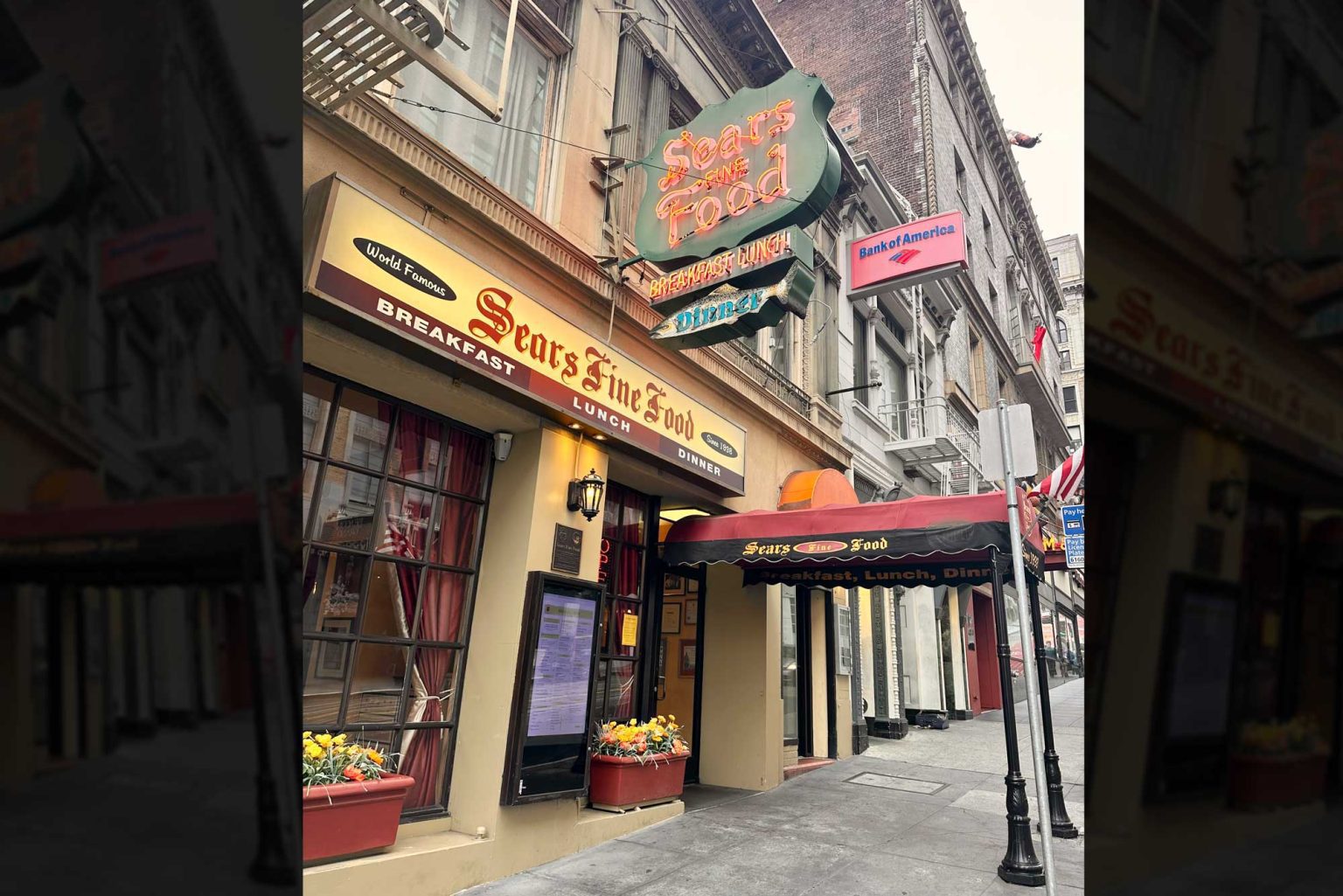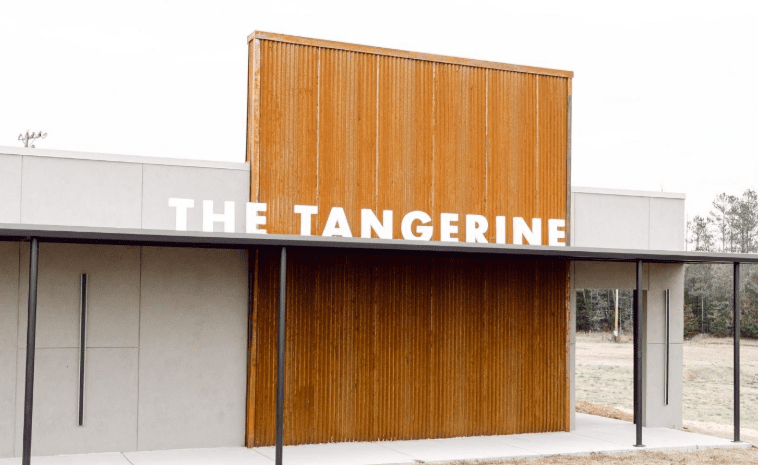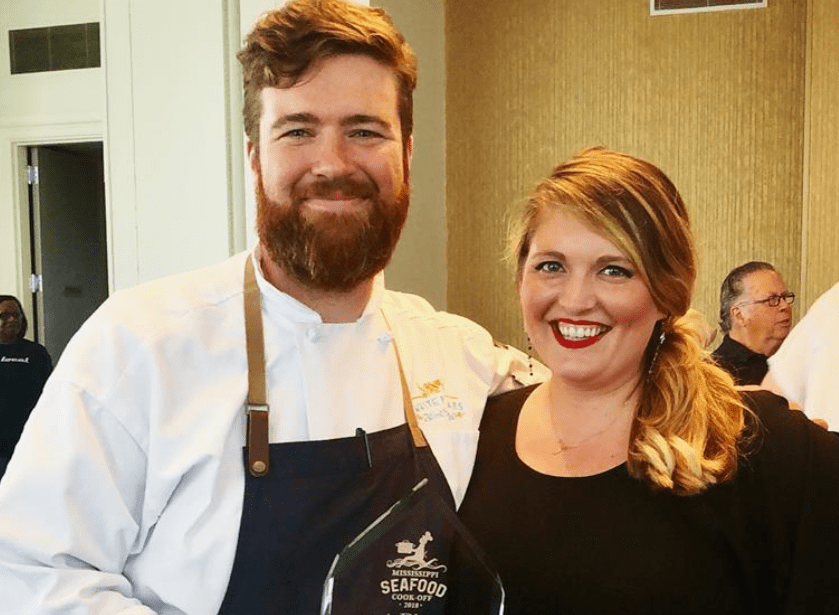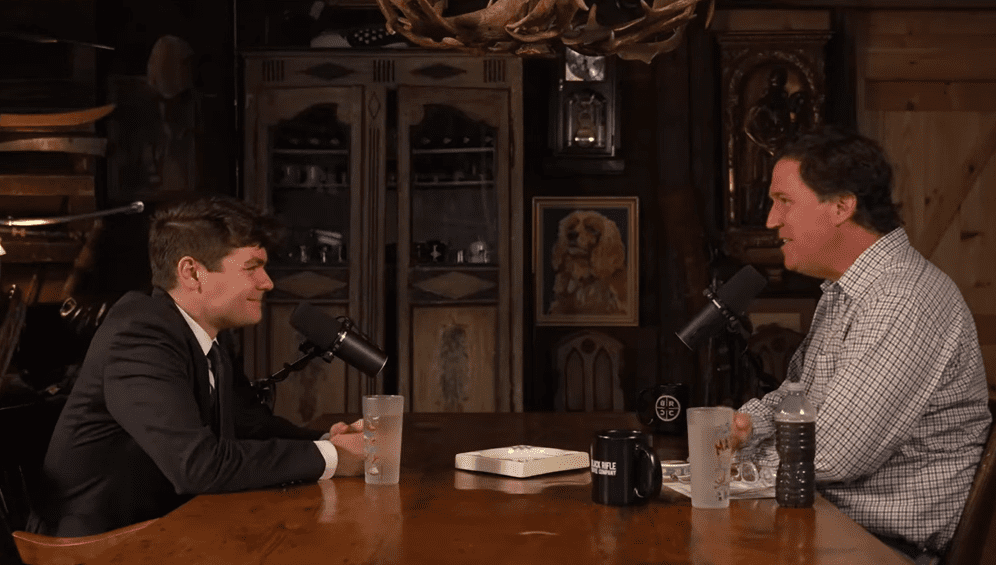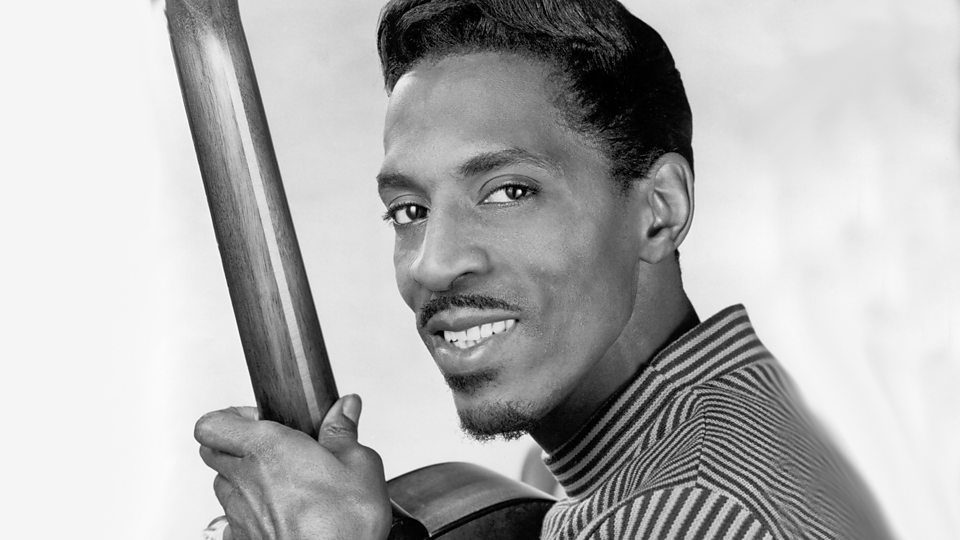
- Turner was able to rise to the top of the music industry, yet his troubled childhood and personal failings plagued him throughout his life.
Despite a troubled childhood, Ike Turner rose to fame in the music industry as a musician and producer. He was born a decade after his only sibling, Lee Ethel Knight, to Beatrice Cushenberry and Izear Luster Turner in Clarksdale on November 5, 1931. Beatrice, a seamstress, and Izear, a Baptist minister, were Creole.
When he was only six years old, a neighbor sexually assaulted Ike. A middle-aged woman once again assaulted him when he was eleven years old. He got the impression early on that sex was power. That would come into play later in his life.
Growing up during that era in the Jim Crow South wasn’t easy for most African Americans and Ike was no exception. When he was eight years old, his father was lynched, and his family lived in severe poverty. His mother married a violent alcoholic who would beat Ike. One day Ike had enough – he hit the man with a board and ran away to Memphis for a while.
Ike quit school in the eighth grade and worked as an elevator operator and janitor at the Alcazar Hotel in downtown Clarksdale. The hotel had a radio station, WROX, the first radio station in the state to hire a black disc jockey. During his breaks while working at the hotel, young Ike would watch John Friskillo play records on his radio show. Friskillo took Ike under his wing, teaching him how to work the controls. It wasn’t long before Friskillo would take long coffee breaks, leaving Ike to man the station. The station manager, seeing Ike’s enthusiasm for radio, offered him a job as a DJ for the station’s afternoon shift. Ike called his show “Jive ‘til Five,” and he played music by his favorite artists at the time, including Roy Milton, Louis Jordan, along with early rockabilly records.
One night Ike went to his friend Ernest Lane’s house and he heard Pinetop Perkins play. He was inspired to learn how to play the piano and convinced his mother to pay for piano lessons. That didn’t last long because Ike didn’t care for the formal playing style of his teacher. He ended up learning how to play boogie-woogie piano from Perkins at a local pool hall.
When he was in his early teens, Ike moved into the Riverside Hotel in Clarksdale where he met touring musicians including Duke Ellington and Sonny Boy Williamson II. He was drawn to the rich blues tradition of the Mississippi Delta, and also learned to play the guitar. He learned from the musicians he was exposed to at the hotel, and at age 13, he backed Sonny Boy Williamson II on the piano.
By the late 1940s, Ike formed his own band, Turner’s Kings of Rhythm. The band played big-dance music, blues, and jazz. Like many Mississippi blues musicians at the time, the band went to Memphis to seek bigger opportunities. The Kings of Rhythm signed with a new recording company, Sun Records, in 1951, where they recorded their first hit, “Rocking 88.”
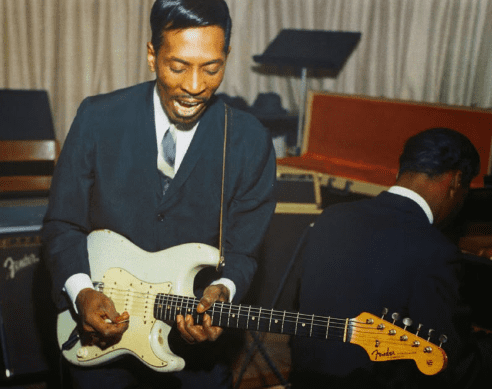
Ike had a knack for discovering and developing young talent. He developed his skill of musical arrangement, and he pioneered his own style on both piano and guitar. Turner’s Kings of Rhythm developed a devout following on the Chitlin’ Circuit, venues around the South that featured Black musicians.
The band moved to St. Louis and it was there that he discovered a young female singer named Anna Mae Bullock. He liked her good looks and gritty voice, and believed she had potential. The couple married in 1958, and Ike renamed her Tina Turner. She became a member of his band, which soon changed names to the Ike and Tina Turner Review.
The duo racked up hit after hit, beginning with “A Fool in Love” in 1960. They continued to top the R&B charts over the next fifteen years, with most of their songs composed and produced by Ike. They were the opening act for the Rolling Stones several times.
When preparing for their first trip to Europe in 1960, Ike made a discovery when he was applying for a passport. He learned that his name registered at birth was Ike Wister Turner. He couldn’t ask his parents about it, because by then they were both deceased.
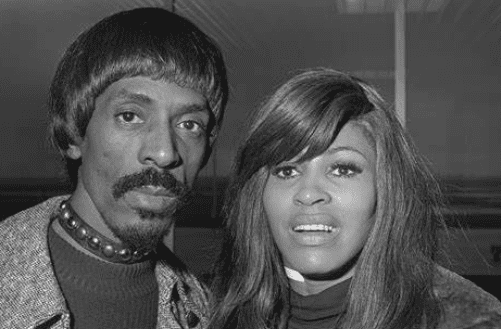
Throughout the 1970s, Ike and Tina Turner were a powerhouse. Ike led the band with precision, and Tina’s energized performances wowed audiences. Their biggest hit, and perhaps the song they are best known for, was their 1971 gospel-inspired version of “Proud Mary,” by John Fogerty.
But behind the scenes, trouble was brewing. Ike’s continued drug use, physical violence, womanizing, and his extreme jealousy when it came to Tina was crippling. Tina left Ike, and the band, in 1976. Their divorce was final in 1978.
Tina went on to have a stellar solo career, while Ike had a string of personal catastrophes over the next couple of decades. His recording studio in Los Angeles was destroyed by fire. He was arrested numerous times on drug and weapons charges. He spent a year and a half in jail. While Ike was incarcerated, he and Tina were inducted into the Rock and Roll Hall of Fame. The award was accepted on their behalf by producer Phil Spector.
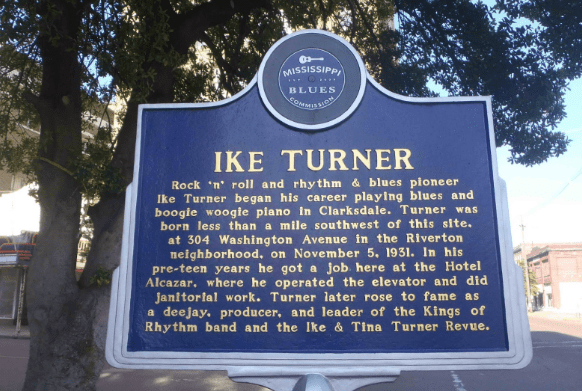
Eventually, things began to look up for Ike. He kicked his cocaine habit while in jail, and he was back in the music business in the late 1990s, recording new music and touring. He returned to his hometown of Clarksdale in August 1997 where he was the headline entertainer for the Sunflower River Blues & Gospel Festival. He performed at the San Francisco Blues Festival before doing a tour in Europe. Encouraged by the positive response he received, Ike reformed the Kings of Rhythm, touring the United States in 2001, making a stop in Austin to headline a showcase at South by Southwest.
His 2001 album, Here and Now, was nominated for a GRAMMY award. His autobiography, Takin’ Back My Name, was published in 2001. In the book, he talked about his many failings, including his fourteen marriages. He performed at the Montreux Jazz Festival in 2002, resulting in a live album and DVD. He was inducted into the Mississippi Musicians Hall of Fame the same year.
By 2004, Ike was using cocaine again. He was diagnosed with emphysema in 2005. Ike died of a cocaine overdose on December 12, 2007, in his home in San Marcos, California. He was 76 years old. He was inducted into the Clarksdale Walk of Fame in 2010.





